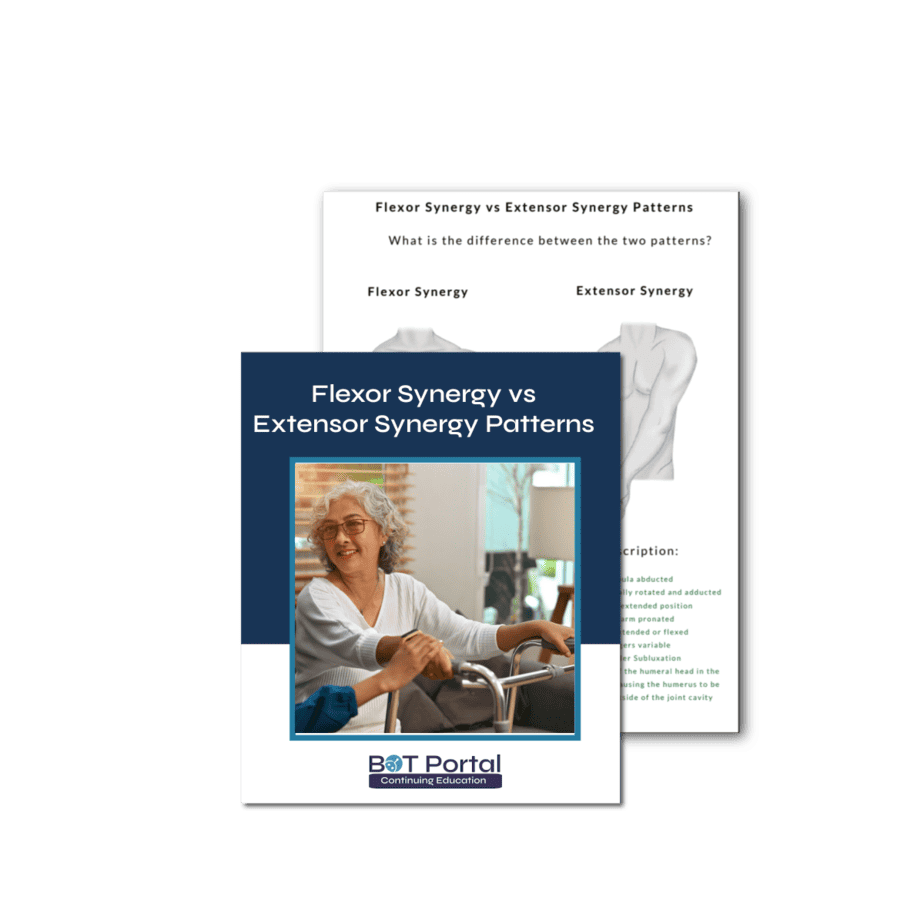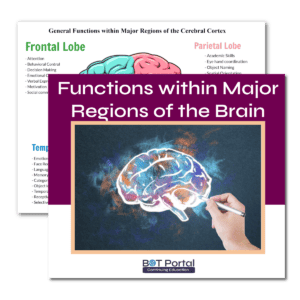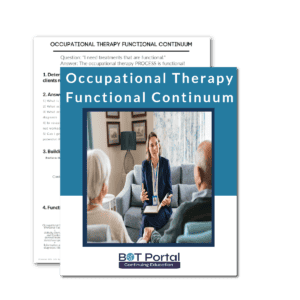Description
Flexor Synergy vs Extensor Synergy Patterns
Flexor synergy and extensor synergy patterns are fundamental concepts in rehabilitation that play a crucial role in understanding and addressing motor impairments following neurological injury. This comprehensive guide explores the differences between flexor and extensor synergy patterns, their implications for movement control, and strategies for integrating them into rehabilitation interventions.
Flexor synergy patterns typically involve a coordinated activation of muscles that flex or bend joints, often observed in conditions such as stroke or spinal cord injury. These patterns are characterized by involuntary movements such as flexion of the elbow, wrist, and fingers, as well as hip and knee flexion. Understanding flexor synergy patterns is essential for rehabilitation professionals as they design interventions to address muscle tone, range of motion, and functional movement limitations associated with these patterns.
In contrast, extensor synergy patterns involve a coordinated activation of muscles that extend or straighten joints, commonly observed in neurological conditions such as traumatic brain injury or cerebral palsy. These patterns often manifest as involuntary movements such as extension of the elbow, wrist, and fingers, as well as hip and knee extension. Rehabilitation strategies targeting extensor synergy patterns aim to address muscle weakness, spasticity, and coordination deficits to improve functional mobility and independence.
Integrating flexor and extensor synergy patterns into rehabilitation requires a multidimensional approach that considers the underlying neurological mechanisms driving these patterns. Physical and occupational therapists utilize a variety of techniques, including therapeutic exercises, neuromuscular reeducation, and functional task training, to address muscle imbalances, promote motor recovery, and optimize movement control. Additionally, the use of assistive devices and orthotic interventions may be beneficial in facilitating movement patterns and promoting independence in daily activities.
By understanding the intricacies of flexor and extensor synergy patterns, rehabilitation professionals can tailor interventions to address specific motor impairments and functional limitations, ultimately empowering individuals to achieve their rehabilitation goals and enhance their quality of life. Through a collaborative and individualized approach to rehabilitation, individuals with neurological injuries can maximize their potential for recovery and regain independence in daily activities.
What is included:
1 page illustration on flexor vs extensor synergy patterns




